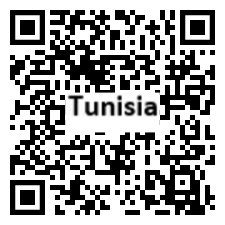Country Summary
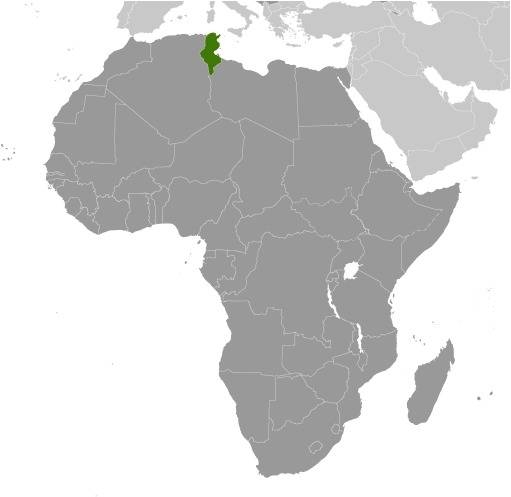
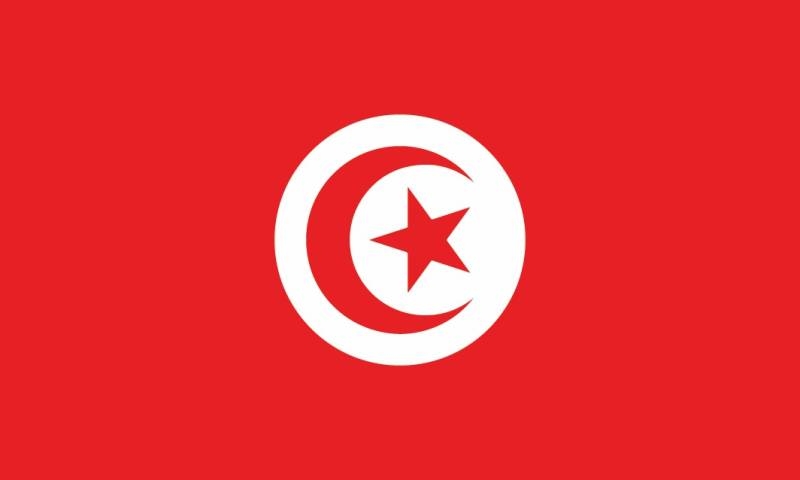
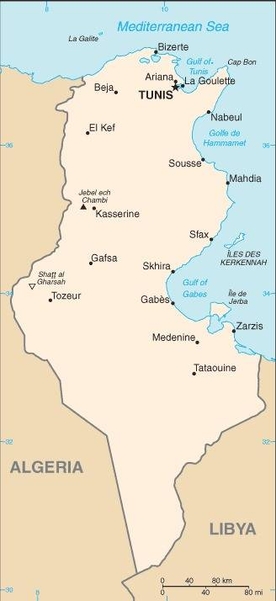
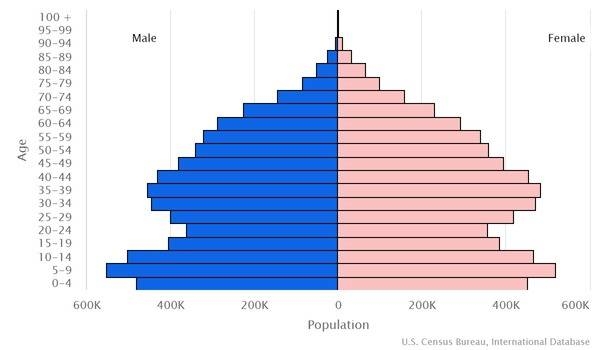
Introduction
Background
Tunisia has been the nexus of many different colonizations including those of the Phoenicians (as early as the 12 century B.C.), the Carthaginians, Romans, Vandals, Byzantines, various Arab and Berber kingdoms, and the Ottomans. In 1818, France established a protectorate. The French recognized Tunisia as an independent state in 1956.
Geography
Area
total: 163,610 sq km
land: 155,360 sq km
water: 8,250 sq km
Climate
temperate in north with mild, rainy winters and hot, dry summers; desert in south
Natural resources
petroleum, phosphates, iron ore, lead, zinc, salt
People and Society
Population
11,896,972 (2022 est.)
Ethnic groups
Arab 98%, European 1%, Jewish and other 1%
Languages
Arabic (official, one of the languages of commerce), French (commerce), Berber (Tamazight); note - despite having no official status, French plays a major role in the country and is spoken by about two thirds of the population
Religions
Muslim (official; Sunni) 99%, other (includes Christian, Jewish, Shia Muslim, and Baha'i) <1%
Population growth rate
0.69% (2022 est.)
Government
Government type
parliamentary republic
Capital
name: Tunis
Executive branch
chief of state: President Kais SAIED (elected 13 October, sworn in 23 October 2019)
head of government: Prime Minister Najla BOUDEN Romdhane (since 11 October 2021)
Legislative branch
description: note: on 25 July 2021, President SAIED suspended indefinitely the Assembly, and on 30 March 2022 he dissolved the Assembly
unicameral Assembly of the Representatives of the People or Majlis Nuwwab ash-Sha'b (Assemblee des representants du peuple) (217 seats; 199 members directly elected in Tunisian multi-seat constituencies and 18 members in multi-seat constituencies living abroad by party-list proportional representation vote; members serve 5-year terms)
Economy
Economic overview
lower middle-income North African economy; drafting reforms for foreign lenders; high unemployment, especially for youth and women; hit hard by COVID-19; high public sector wages; high public debt; protectionist austerity measures; key EU trade partner
Real GDP (purchasing power parity)
$114.97 billion (2020 est.)
Real GDP per capita
$9,700 (2020 est.)
Agricultural products
wheat, milk, tomatoes, barley, olives, watermelons, green chillies/peppers, potatoes, dates, green onions/shallots
Industries
petroleum, mining (particularly phosphate, iron ore), tourism, textiles, footwear, agribusiness, beverages
Exports
$19.17 billion (2019 est.)
Exports - partners
France 29%, Italy 17%, Germany 13% (2019)
Exports - commodities
insulated wiring, clothing and apparel, crude petroleum, olive oil, vehicle parts (2019)
Imports
$23.42 billion (2019 est.)
Imports - partners
France 17%, Italy 16%, Germany 8%, China 8%, Algeria 7% (2019)
Imports - commodities
refined petroleum, natural gas, low-voltage protection equipment, cars, insulated wiring (2019)
Exchange rates
Tunisian dinars (TND) per US dollar -
Page last updated: Friday, May 13, 2022
